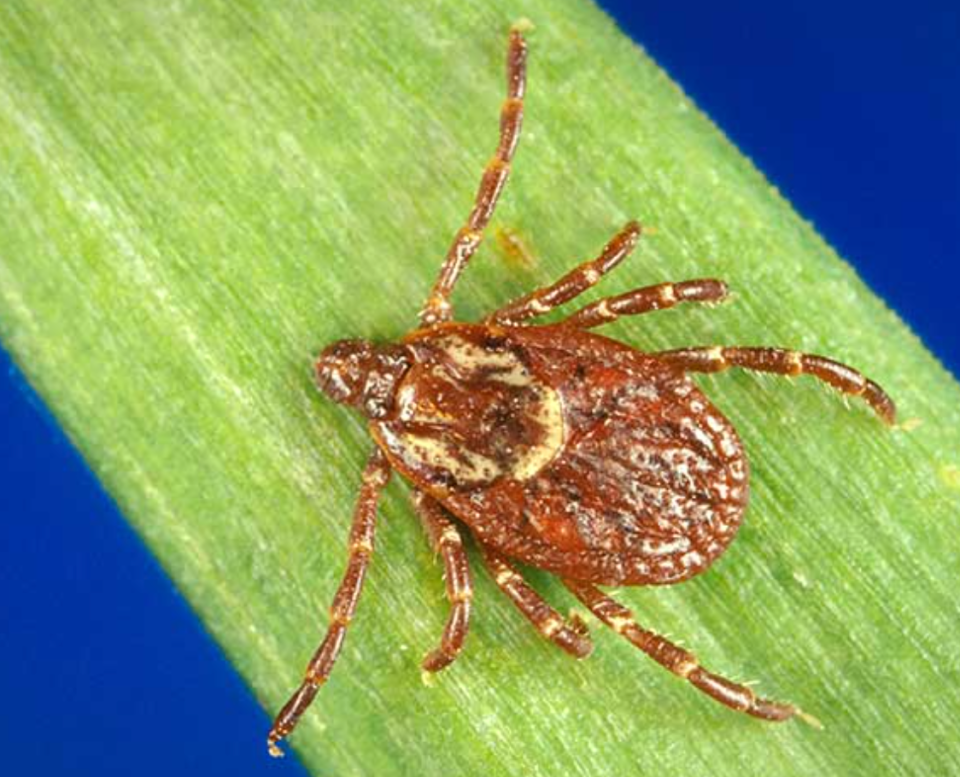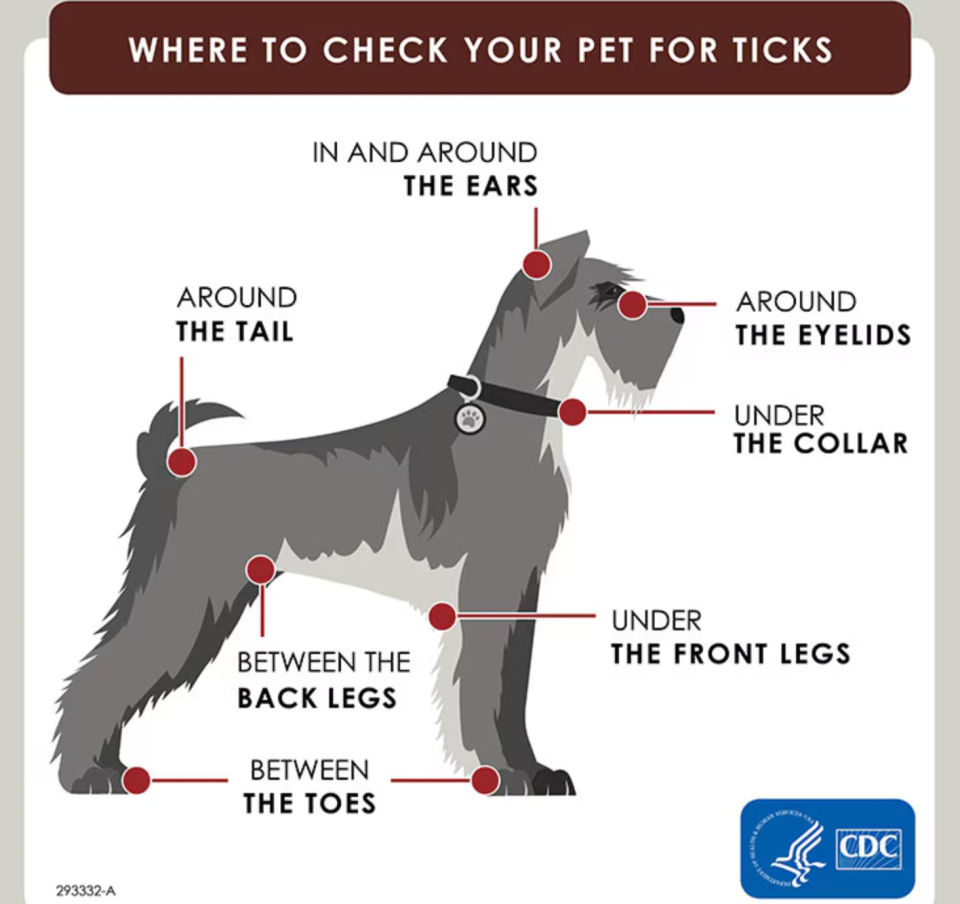Northern Michigan faces rising Lyme disease threat
CHARLEVOIX — With the early arrival of warm weather, residents should take heed of the rising rate of ticks in Northern Michigan that can transmit Lyme disease.
The bacterial infection is becoming more prevalent in the region, with an increase in reports associated with its parasitic carrier, the black-legged tick, according to the Health Department of Northwest Michigan's Medical Director Dr. Joshua Meyerson.
According to the Centers for Disease Control and Prevention, Lyme disease is transmitted by black-legged ticks (Ixodes scapularis) in the northeastern and upper midwestern U.S., and by the western black-legged tick (Ixodes pacificus) along the Pacific coast.
Incidents of the often-undiagnosed malady have risen over 20 percent in Northern Michigan within the past five years, according to Meyerson.
“In 2019 there were 19 cases reported to the health department and by 2023 that number was 91,” he said, referring to a 10-county region that includes Antrim, Charlevoix, Emmet, Otsego, Leelanau, Benzie, Alpena, Cheboygan, Montmorency and Presque Isle counties.

Subscribe: Check out our offers and read the local news that matters to you
Last year, there were 30 cases reported in Antrim, Charlevoix, Emmet and Otsego counties.
Meyerson said Lyme disease can only be contracted through the black-legged tick bite.
"You can't catch Lyme disease from another person. You are infected by the bite of a black-legged tick that's infected with it," Meyerson said.
He also noted that the more common dog ticks in the area do not transmit Lyme disease.
Black-legged ticks were previously absent in Northern Michigan but are now found in counties like Charlevoix and Emmet, according to Meyerson. Their geographic distribution has expanded gradually, with approximately 20 percent of ticks submitted in Michigan being black-legged ticks.
"These ticks are small and hard to detect," Meyerson said, adding that they can be as small as a sesame seed and are often unnoticed until they've engorged themselves on blood.
Symptoms of Lyme disease typically develop within three to 30 days after a tick bite, including fever, headaches, muscle aches and the classic bulls-eye rash. Meyerson stressed the importance of early detection and treatment with antibiotics to prevent more severe symptoms, such as arthritis or cardiac issues.
Prevention is key, Meyerson said, noting that ticks thrive in shaded, moist areas and are commonly found in wooded or grassy locations. He recommended staying on well-groomed trails when in wooded areas and checking pets for ticks after being outdoors.
Dogs are particularly susceptible to tick bites and tick-borne diseases, with signs of illness potentially appearing weeks after a bite. The CDC recommends monitoring pets closely for changes in behavior or appetite if a tick bite is suspected.

When leaving wooded areas or other potentially tick-exposed areas, it's advisable to take a shower immediately, as ticks tend to seek out hidden spots on the body for attachment. Meyerson advised checking behind the knees, along the waistline, in the armpits, under the arms and behind the ears. They may also hide within clothing, making close inspection important, as ticks can be very small.
Additionally, health officials said insect repellents containing DEET or picaridin can be effective against ticks when used according to instructions. Permethrin, another repellent derived from chrysanthemum flowers, can be applied to clothing, gear or shoes to repel or kill ticks.
If a tick is found, Meyerson said prompt and safe removal is crucial. Tweezers can be used to grasp the tick firmly at its head and gently pull it straight out. Meyerson advised against other methods like burning the tick.
"We don't recommend people take to flames burning their skin," said Meyerson.
He notes that the transmission of Lyme disease typically requires the tick to be attached for about 36 hours, so if it's been less than 24 hours since the tick attached, there's no risk of contracting Lyme disease.
"If you find a tick that's been embedded for less than 24 hours, you can rest easy knowing there's no risk of Lyme disease," he said.
— Contact reporter Annie Doyle at (231) 675-0099 and adoyle@charlevoixcourier.com
This article originally appeared on The Petoskey News-Review: Northern Michigan faces rising Lyme disease threat

